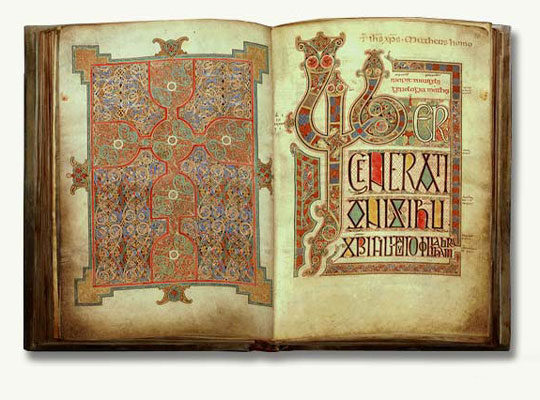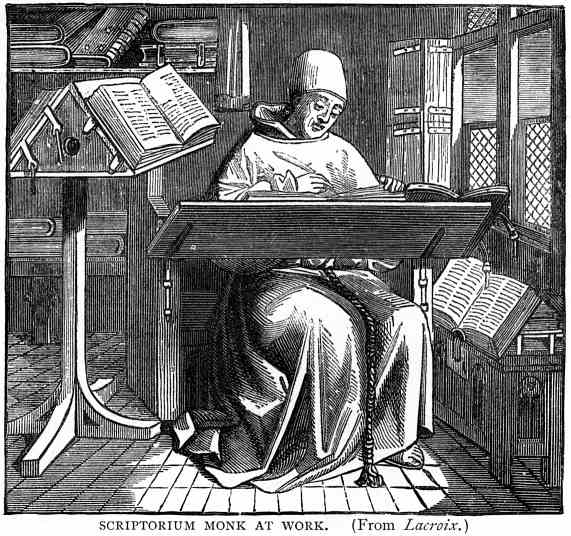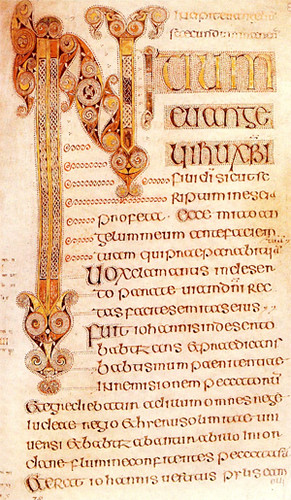An illuminated manuscript is a manuscript that contains text along with decorations or illustrations.
The majority of manuscripts that had survived to this day are from the Medieval era, and there are some manuscripts from the15th century Renaissance and late Antiquity.
The most common theme was religion.
The Scriptorium
In the monasteries, the scriptorium was a room that the professional copying of manuscripts were carried on. Illuminations were added later by a separate class of specialists.
Techniques
Illumination was a complex and costly process. When papyrus, the writing surface of choice in Antiquity, became overly expensive, parchments were started to be used instead of it. Then in the 13th century paper began to displace parchment.
In the making of an illuminated manuscript, the text was written first. After the general layout of the page was planned and the page was lightly ruled, text was written.
When the text was complete, the illustrator did the illumination. The designs were planned out on wax tablets beforehand, and they were traced onto the parchment.
Types of Manuscripts
- Insular/Celtic Manuscript: They were produced in monastic centers on the British Isles in the 7th and 8th centuries. They were written in uncial(entirely in capital letters) or half uncial script , and were the first ones to contain spaces between words. They were decorated in abstract linear patterns.


- Ottonian Manuscript: They were influenced by Byzantium, featuring the use of burnished gold backgrounds and latge eyed figures that pose stiffly.


- Carolingian Manuscripts: They appeared in the time of Charlemagne. In this period, manuscript production expanded from the monasteries to secular workshops.
- Romanesque Manuscript: The Romanesque style was an international style rather than a national style, since the examples of it come from a wide area. It emerged around the year 1000. Romanesque manuscripts contain a variety of real and imaginary creatures called grotesques, textured or gold backgrounds and historiated initials.
- Gothic Manuscripts: The Gothic style emerged around 1150. Like Romanesque, it was an international style. Generally there was less text on a Gothic styled page, and the blank spaces in lines were filled with decorative bars. Decorative scrolls of ivy leaves were a feature of many Gothic manuscripts.

Books of Hours
They are the most common type of illuminated manuscript that survived from medieval times. Each Book of Hours is unique, but they all have a collection of texts and prayers, along with illustrations. They are convenient references for Christian worship and devotion.
Initials and Diminuendo
Diminuendo is the art of arranging letters starting with a large initial and progressively decreasing the point size of the type. This feature is still being used today in contemporary editorial design.














Hiç yorum yok:
Yorum Gönder